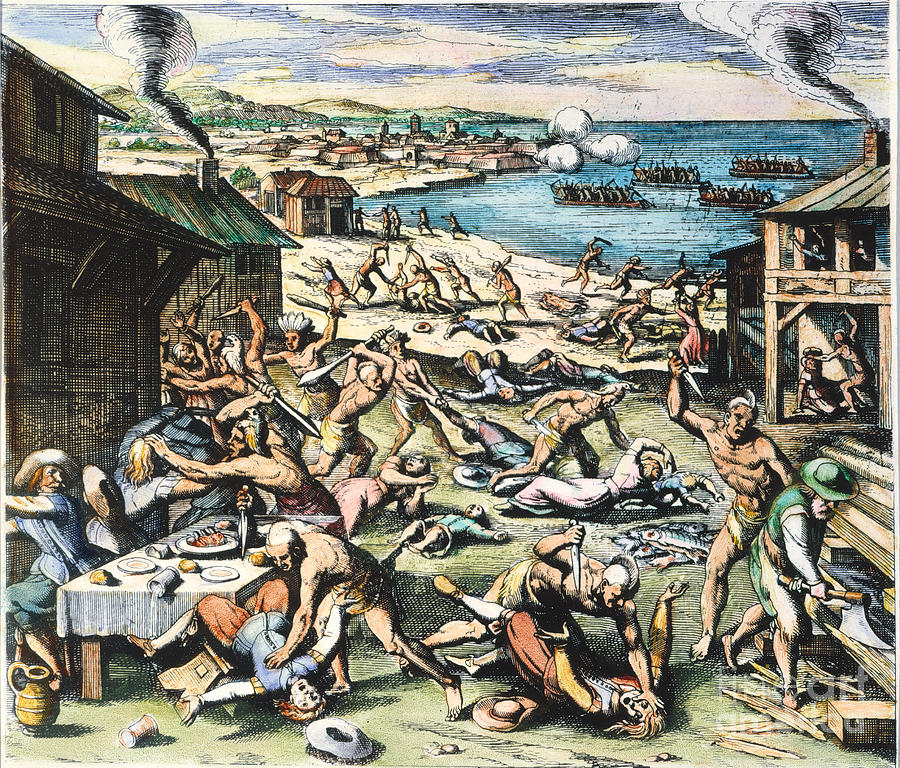The Bacon Rebellion of 1676 is named after its organiser Nathaniel Bacon who single-handedly brought together people of all races living in the Virginia colony as a protest against Governor William Berkeley.
Interestingly, Bacon and Berkley were relatives who due to governance issues could not stand each other but the Bacon Rebellion had nothing to do with personal conflicts between the two men of power.

According to US history, the main factors that triggered the Bacon Rebellion were restrictions on the right to vote, the institution of a new land ownership requirement, higher taxes, low tobacco prices, a pervasive sense of subordination to an aristocratic minority and most importantly, the lack of protection from Native American attacks. Several sources indicate that Africans, both free and enslaved, white settlers and traders as well as visitors were constantly under attack by Native Americans.
So how and why did Blacks in Virginia join the rebellion?
First of all, it will be great to clarify that blacks, both free and enslaved who were in Virginia at the time were not forced in any way to join the rebellion but rather joined on their own will to gain some sort of advantage.

Understanding that their differences would only be settled in some sort of altercation, both Bacon and Berkeley started to grow their own “militia” as highlighted by Facing History. Because of many of the problems presented to the Governor directly affected the poor class of society, Bacon was able to grow a rather bigger militia made up of free blacks who could not progress due to various laws as well as poor white farmers and domestic workers who were being attacked by the Native Americans.
Bacon also managed to grow a huge militia by offering freedom to enslaved Africans who were willing to join the fight against the governor.
The rebellion officially began on July 30, 1676, when Bacon and his men officially sent an issue of the Declaration of the People of Virginia which accused Berkeley of several things. This caused an uproar to begin.
Finally, on September 19, 1676, Bacon’s rebels managed to take over Jamestown, Virginia and burned the whole town down. By then, his men numbered between 400 and 500.
Bacon died on October 26, 1676, after suffering from dysentery marking the end of the rebellion. Soon after his death, the British army sent in soldiers to arrest any rebel identified whether black or white.
Bacon’s rebellion successfully united blacks and whites against the social issues they were facing. The rebellion brought great progress in Virginia and found several blacks free. The outburst of the people and the rebellion also led to the 1677 Treaty and the end of the attacks from the Native Americans.

The rebellion in the first ever British settlement in America displayed the change that unity could bring if races could work together. However, it is very important to note that the rebels were basically of different races but the same social standard and the unity of races in America at the time relied on power, riches and control which was in the hands of white masters who had established slave trade and the fact that blacks and poor whites were not important to the development of society.
The indulgence of blacks in the rebellion also showed that they were actively involved in everyday affairs aside working on plantations daydreaming about freedom or planning and executing slave rebellions that favoured only the black community.
However, for some reason, the inclusion of blacks in paintings and depictions of the rebellion has been avoided.










